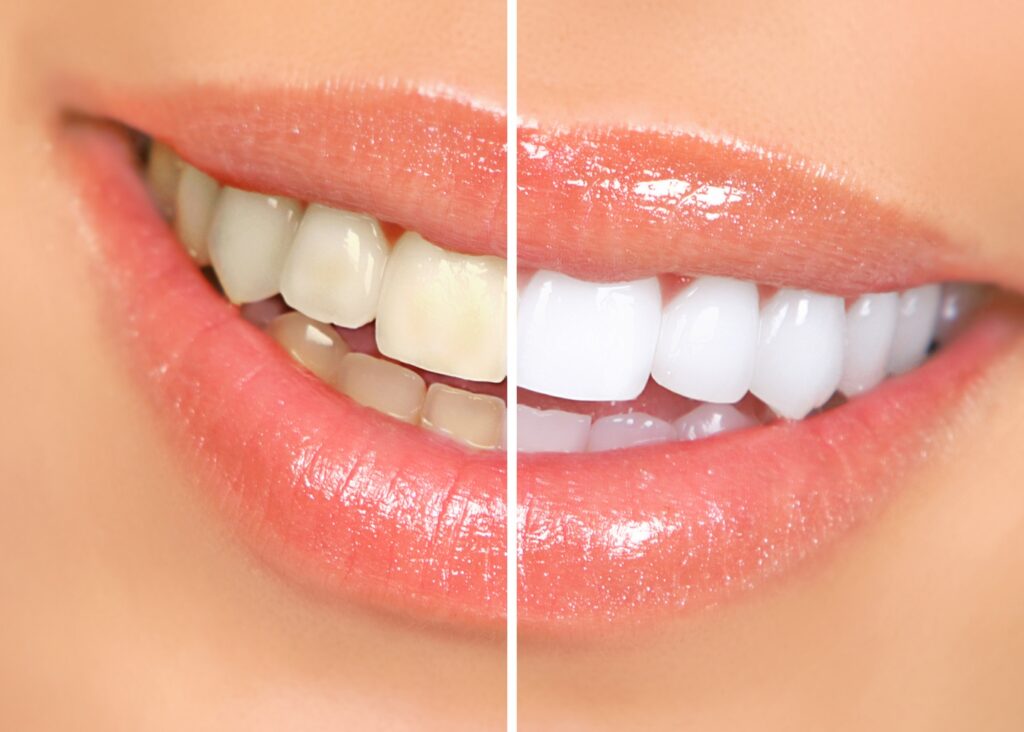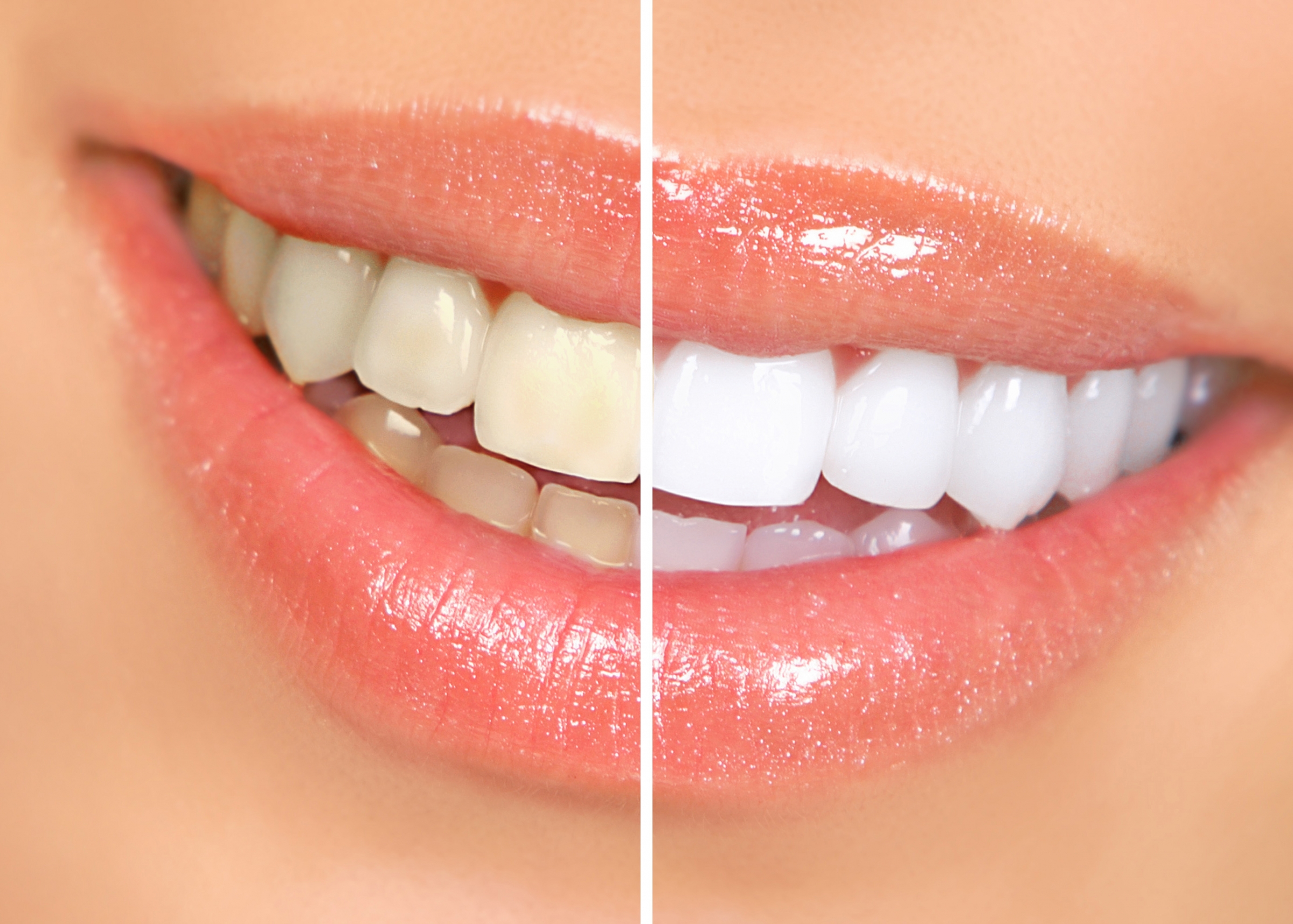
Every year, Americans spend more than $11 billion to clean and whiten their teeth. They spend an additional $1.4 billion on at-home methods to whiten their teeth. All it takes is one trip down the dental aisle of a local grocery store to see that there are countless products available designed to whiten teeth. A growing number of Americans are finding out that most of these products contain chemicals that they would instead do without using.
The good news in all this is that there are alternatives to the chemical-laden tooth whitening products. There are even more about bleaching trays that can help those who want to whiten their teeth at home. Other at-home solutions follow.
What Causes Teeth to Look Yellow?
Many factors contribute to yellowing teeth. Some of these include certain foods and drinks that stain. Build-ups of plaque also cause teeth to discolor. Sometimes, teeth yellow due to the enamel layer’s natural erosion, leaving the underlying layer, dentin, a bony tissue underneath the enamel. So what can a person do to reverse yellow teeth?
- Practice Oil Pulling. Oil pulling is an Indian folk remedy that is supposed to remove toxins from the body and improve oral hygiene. It consists of swishing a small amount of oil around in your mouth then spitting it out. Any oil is thought to work, but most people opt for coconut oil for its pleasant taste.
The American Dental Association does not endorse the practice, calling it “unconventional dentistry,” but others swear by it. Further, other research suggests washing the mouth out with oil may help whiten teeth.
- Make Dietary Changes. Certain foods and beverages that contain tannins such as coffee, tea, wine, certain sodas, and juices, can stain teeth. Food and drink that are acidic can turn teeth yellow since they erode the enamel and leave the yellowish bone structure underneath exposed. On the other hand, certain foods such as papayas and pineapples contain enzymes that help to whiten teeth.
On the subject of things put into the mouth that stain teeth, quit using tobacco. Whether it is smoked or chewed as in chewing tobacco or snuff, it stains teeth and causes tooth decay, gum disease, and a host of other health issues.
- Use hydrogen peroxide. Hydrogen peroxide is a mild bleach, so it is excellent for whitening stained teeth. For optimal results, hydrogen peroxide can be mixed with baking soda 1 or 2 minutes a day for a week. Only do this occasionally since hydrogen peroxide can cause tooth sensitivity.
- Limit sugar intake. Sugar promotes bacteria growth, which can cause plaque and gingivitis. When you eat or drink something sugary, brush your teeth shortly after that.
- Make Sure to Include Calcium in Your Diet. Teeth are bone, and calcium is known to build and reinforce bone. Foods such as milk, cheese, broccoli, and others are rich in calcium.
- Practice Good Oral Hygiene. This should be obvious, but it bears repeating. Teeth turn yellow and stained for many reasons, but anyone can fight these effects by regularly brushing and flossing their teeth. Regular visits to the dentist can also help to keep teeth pearly white.
There are many different ways to clean and whiten teeth, but as effective as many commercial whiteners are, they can be overused and damage your teeth.
